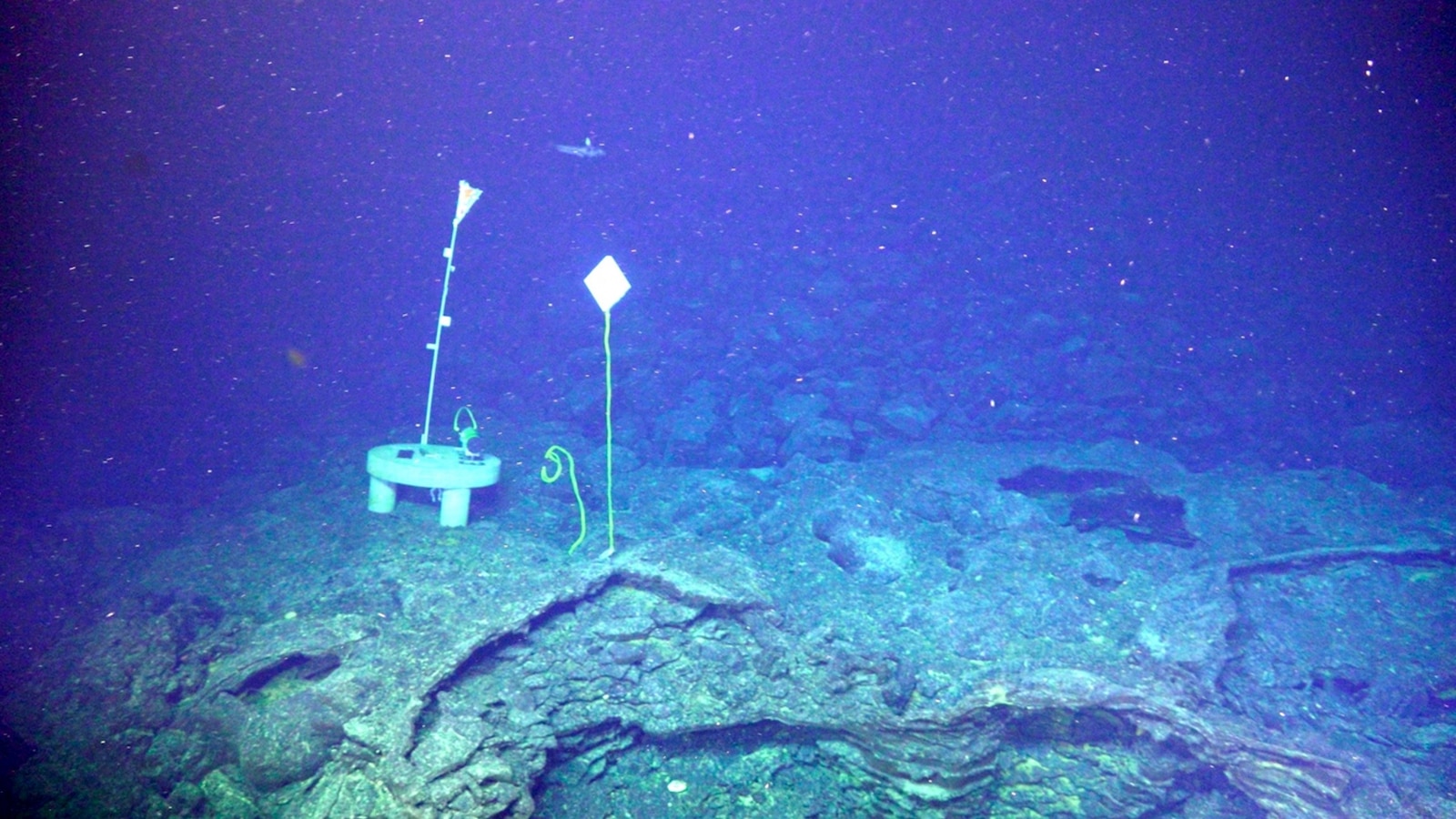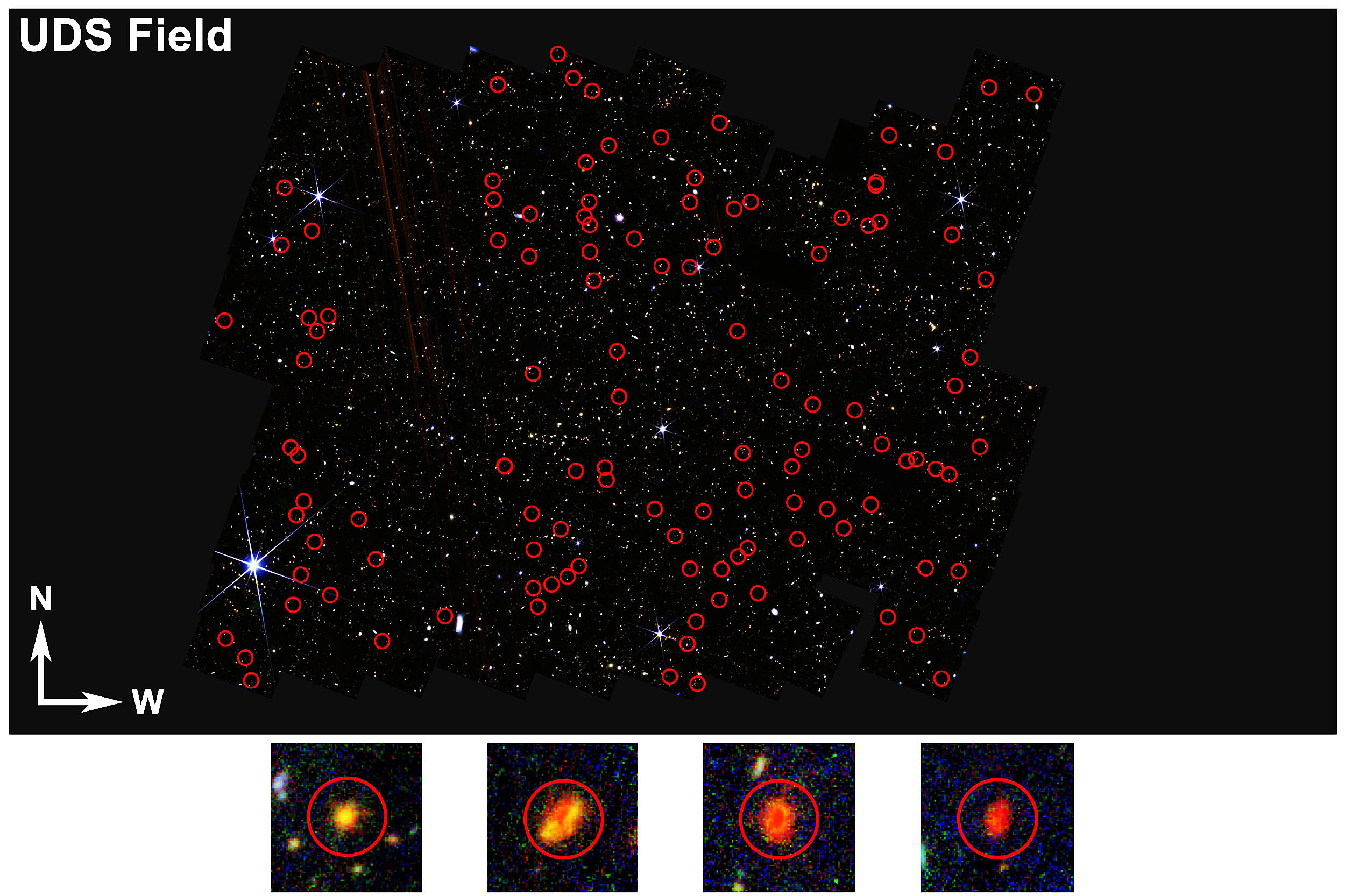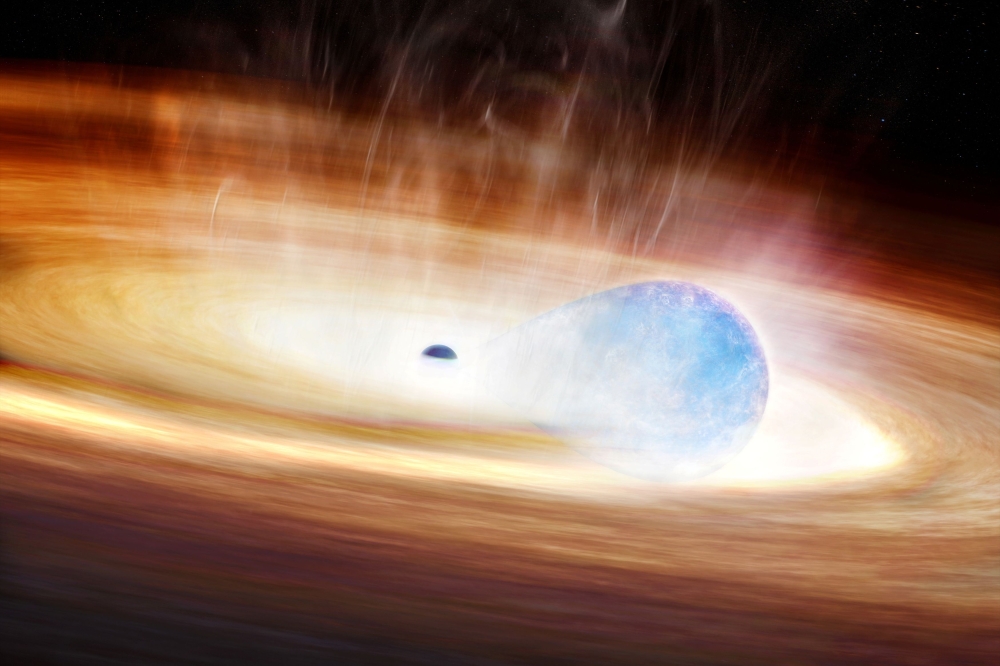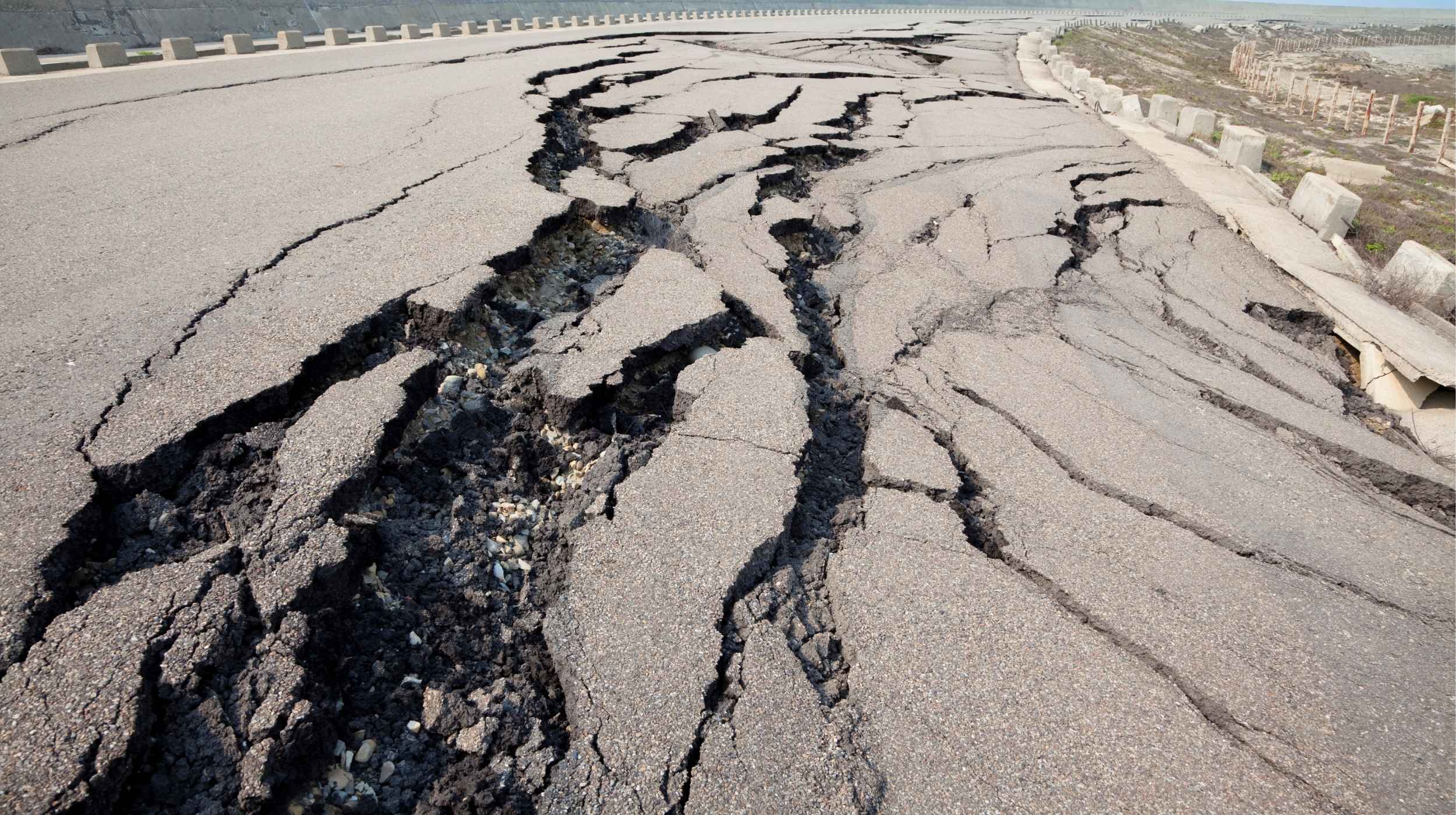The Ocean’s Time Bomb: Is the Axial Seamount Ready to Explode?

Imagine living in the shadow of a giant that could erupt at any moment—sounds like a plot twist from a thriller, right? But for those near the Axial Seamount, that’s a reality. Experts are sounding the alarm as this underwater volcano has recorded a staggering 2,000 earthquakes in a single day, hinting that an eruption is imminent.
Volcanoes are some of nature’s most powerful forces, often causing devastating chain reactions like earthquakes and tsunamis. The Axial Seamount, located less than 300 miles off the US coastline, is the star of this geological drama, and it’s not a small player. As the most active volcano in the Pacific Northwest, it’s stirring up concerns about a potential eruption that could surpass its previous displays in 1998, 2011, and 2015. This isn't just a casual geological event—it's a ticking time bomb beneath the waves.
William Chadwick, a geophysicist from Oregon State University, has his eyes peeled on this restless giant. He forecasts that at the current rate of inflation, we could see an eruption by the end of this year. He recalls a significant spike in seismic activity back in June, where over 2,000 earthquakes were recorded in just one day, but since then, the activity has settled to an average of around 100 earthquakes per day. Still, Chadwick emphasizes that “nothing seems imminent” right now. The tension is palpable; the volcano’s unrest wavers like a pendulum, swinging between calmness and chaos.
What’s even more intriguing is the speculation that an eruption might not just be a matter of when, but also what will happen to the surrounding marine life. While its eruption could be devastating for sea creatures in the immediate area, Deborah Kelley, a professor at the UW School of Oceanography, provides a glimmer of hope. She recalls how, after a previous eruption in 2011, the area was covered in lava flows, seemingly wiping out all life. Yet, to her surprise, just three months later, life began to return. “They’re surprisingly resilient ecosystems,” she noted, highlighting the wonder of nature’s ability to bounce back.
Chadwick adds a layer of urgency, reminding us that we should always be prepared for eruptions. While many volcanoes lie dormant for long stretches, the Axial Seamount is a constant reminder that it could erupt at any time. “If it’s not erupting, it’s getting ready for the next one,” he states, emphasizing the volcano's relentless activity.
In the end, while the experts keep their fingers on the pulse of the Axial Seamount, we can only hope that when it finally blows its top, it doesn’t wreak havoc on the ecosystems that thrive in those deep, dark waters.


























